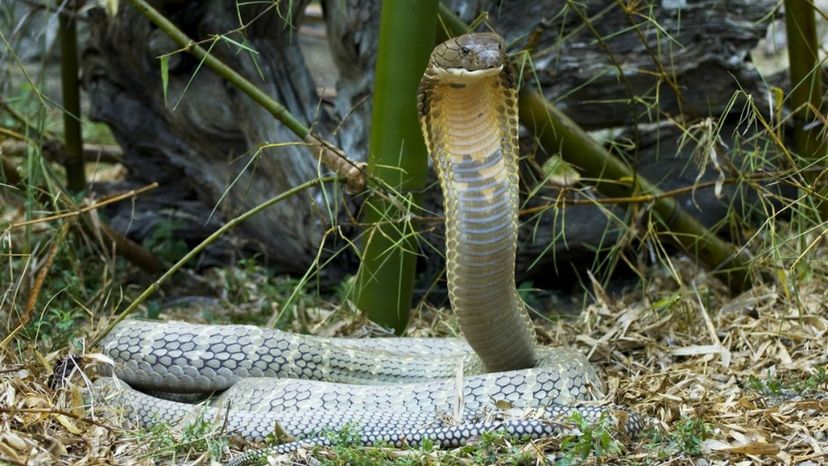
About This Quiz
Deadly snakes strike horror into many hearts, but they are also an object of fascination even to those who don't like them. From snake-handling cults who believe that you can score points with God by taking up serpents, to the terrifying adder with its outsize fangs, to the Bible's original and wiliest snake - the one whose true poison is his silver tongue - snakes stay in our stories, our minds, and our nightmares.
Large parts of the world are free of deadly snakes, and any fear of them is probably an evolutionary hangover. However, other parts contain snakes that are not only deadly, they're also great at disguising themselves, likely to disrespect boundaries such as where your home starts and stops, and ornery as heck. Some can make you feel very ill and others can kill you in seconds. Some are deadly only to smaller creatures, and some can kill a full-size human, or even something bigger. Either way, snakes are not to be trifled with. This quiz is full of facts about these scary and wonderful reptiles, so click on through and ssssssee whether you can ace this one - and if you don't know, hazard a guesssss!
Advertisement
Advertisement
Advertisement
Advertisement
Advertisement
Advertisement
Advertisement
Advertisement
Advertisement
Advertisement
Advertisement